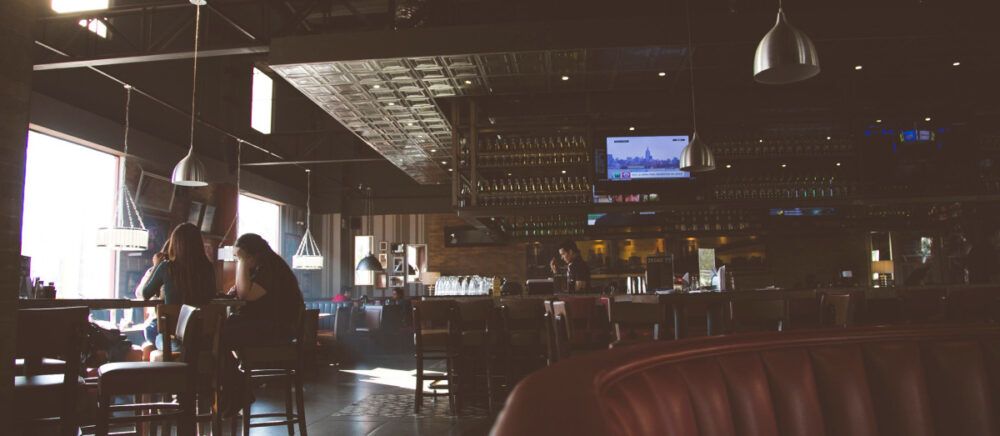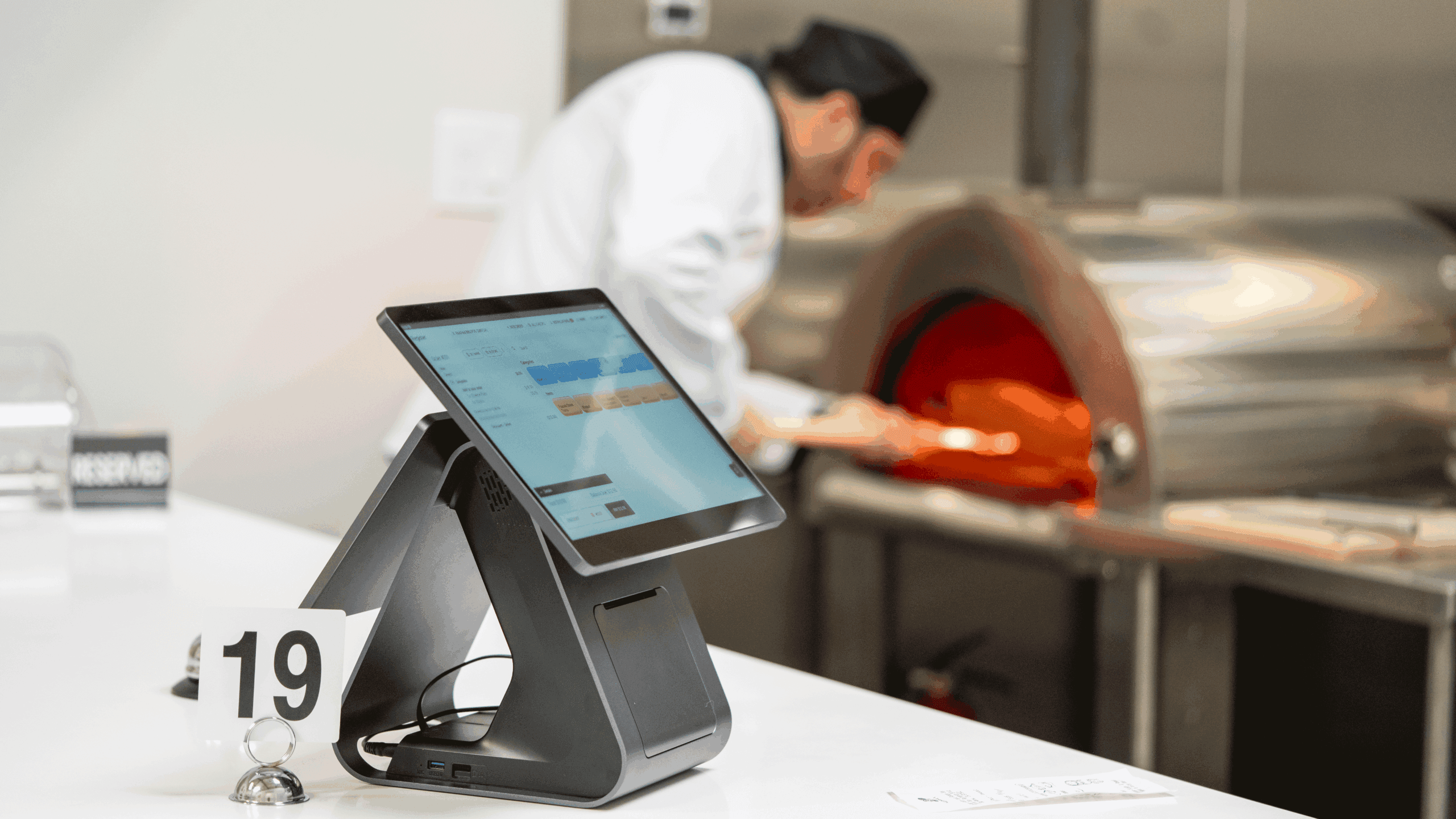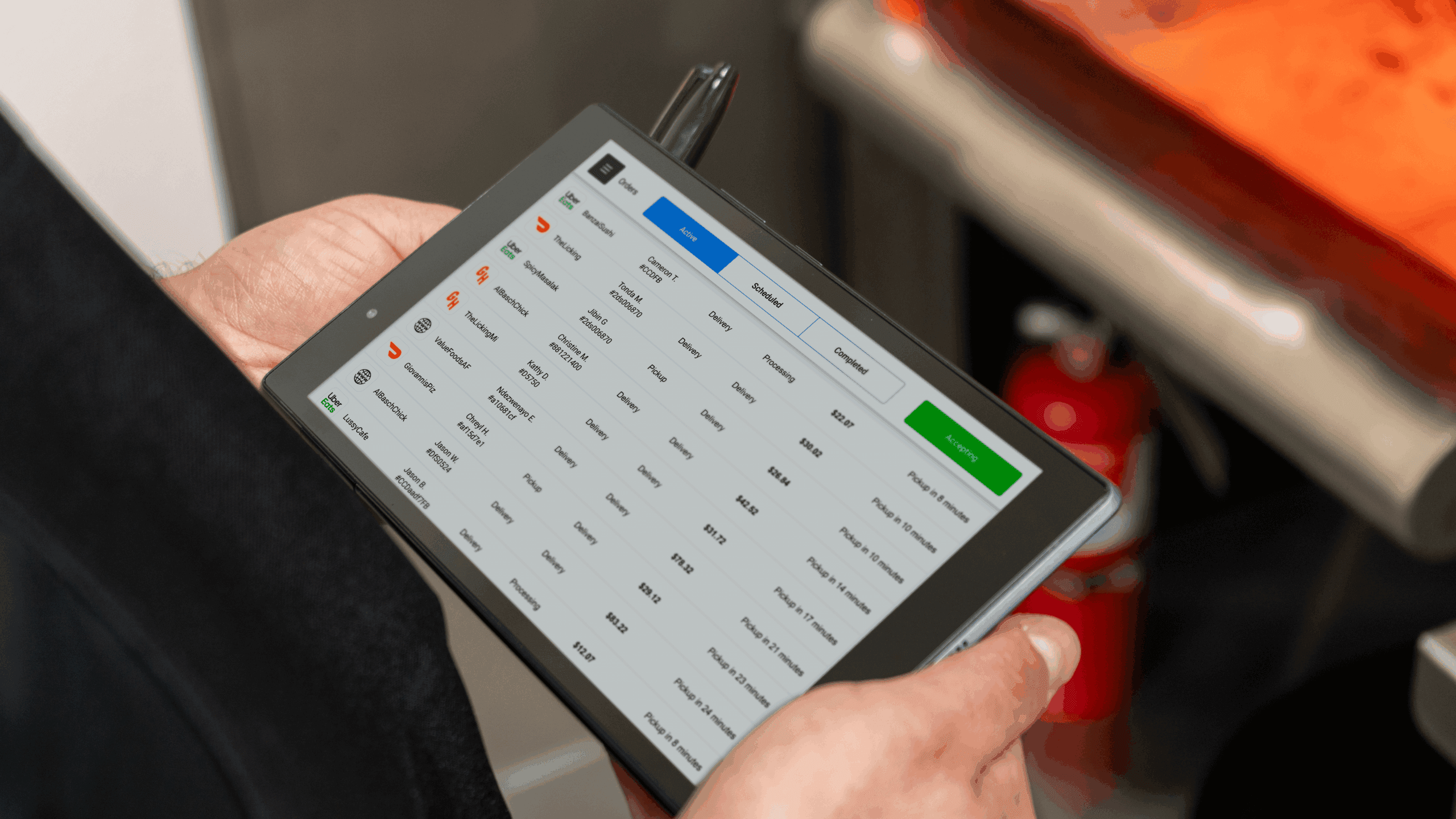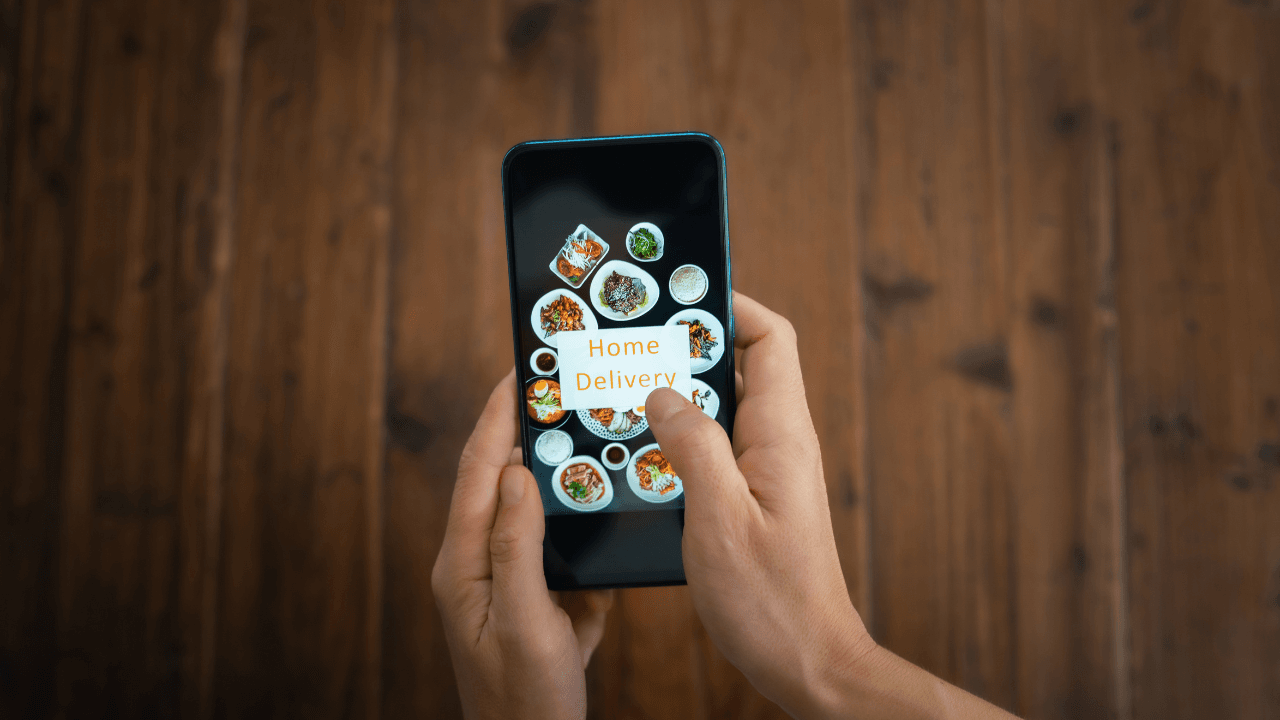- Start with a clear, simple layout
- Organize menu items into easy-to-navigate categories
- Take advantage of prime menu real estate
- Highlight your most popular or profitable items
If you’re like most restaurateurs, you’ll agree that creating an effective menu is one of the most important tasks you face. After all, your menu is essentially your sales tool, and if it’s not designed correctly, it can harm your bottom line.
Remember when you were out to eat and had trouble deciding what to order because the menu was too confusing?
A poorly designed menu can result in customers becoming confused or overwhelmed, leading them to make impulsive decisions or simply walk away.
On the other hand, a well-designed menu can help guide customers towards profitable and popular items, resulting in increased sales and happier diners.
Fortunately, there are simple tweaks you can make to your restaurant’s menu design that will help guide customers towards profitable items and increase sales. This post will share 9 tips that will help you create a winning menu design.
1. Start with a clear, simple layout
When designing your menu, start by making sure that it is neat and easy to read. What does it mean?
Avoid long paragraphs and excessive text and overcrowding the page with different fonts or colors. Instead, use large typefaces for the most important items and limit text to short descriptions of each dish.
You should also leave plenty of white space on the page, as this will help make your menu look more inviting and less overwhelming. With a clear and straightforward layout, your customers will be able to quickly scan the menu and find items that appeal to them.
2. Use images sparingly
While pictures can help attract attention to specific menu items, too many images can actually end up making your menu look busy and cluttered.
If you decide to use images, make sure they are high quality and relevant to the described dish. Or better yet, use images sparingly, reserving them for only your most popular or expensive items.
For example, if you’re featuring a special entree, a finished dish photo would be more effective than a generic image of the ingredients. This is a simple way to make your menu more appetizing and help boost sales.
But let us also mention that if you are aiming to be a high-class restaurant, you should mostly rely on menu descriptions and quality of ingredients, and not photos. This means that your menu should be sophisticated, stylish, and not too busy.
3. Organize menu items into easy-to-navigate categories
Rather than simply listing all of your menu items in one long, unorganized space that looks like just a list, try grouping them into categories or subcategories that will make it easier for customers to find what they are looking for.
You might organize your menu by appetizers and entrees or by type of cuisine. You could also create separate sections for vegan, vegetarian, and meat-based dishes. For soft drinks, you might have a section for sodas, juices, and teas.
With a well-organized menu, customers will be able to find the items they want more quickly and easily, leading to increased sales. If you have a large selection of dishes, you might also want to consider creating separate menus for different times of day, such as breakfast, lunch, and dinner.
4. Use pricing cues to guide customers toward profitable items
One way to encourage customers to order higher-priced items is to use what are known as “anchor prices.”
Anchor prices are the prices of your most expensive items listed first in each category, before any other items. A common pricing strategy is to list the anchor price first, followed by a less expensive item, and then another more expensive one.
For example, if you have a section for entrees that range in price from $10 to $20, listing the $20 entree first will make the other items seem like a better deal by comparison. The idea is that customers will compare the other prices to the anchor price and think they are getting a good deal, even if they end up ordering just the less expensive item.
5. Use descriptive wording to help customers visualize their meal
Visualization is a solid psychological tool that can be used to increase sales. When customers can picture themselves enjoying a meal, they are more likely to order it. While writing descriptions of menu items, try to use sensory language to help your customers imagine the dish more realistically.
For example, rather than simply saying “fried chicken,” you might describe it as “crispy, golden-fried chicken with a light, flaky breading.” This will give customers a better idea of what to expect and make them more likely to order it.
When describing dishes, also try to associate them with something familiar or appealing. For example, if you have a seafood dish that contains crab meat, you might list it as “crab-stuffed cod.” This will help customers connect their meal with something they already enjoy and make them more likely to order the dish.
In our recent article 7 Ways to Write Mouth-Watering Menu Descriptions, we detail how to write menu descriptions that will make your customers hungry.
Your Inbox, Your Rules!
Tailor your newsletter with the topics you're most interested in.
6. Take advantage of prime menu real estate
The items listed in the upper-left corner of your menu are typically the ones that customers will notice first, so it’s important to take advantage of this prime real estate by featuring your most popular or profitable dishes here.
You might also consider using this space to highlight a daily special or seasonal menu item. This is a great way to increase sales of items you might otherwise have trouble selling.
This trick can also be an excellent way to encourage people to try new dishes or ingredients that they might not usually order.
As you design your menu, think carefully about how best to use this valuable space and ensure that you are always putting your most popular or profitable items in the best possible position.
7. Offer smaller portion sizes and lower-priced items for those looking to save money
If you want to accommodate customers on a budget, consider including some smaller portion sizes or lower-priced items on your menu.
For example, if you typically offer an entree-sized meal, you might also offer a smaller portion at a lower price, or vice versa. This can be a good way to help customers save money without sacrificing quality.
It is also important to clearly label these items so that customers know what they are getting, as many people are more price-conscious than ever before and may not want to order something if it doesn’t seem like a good value for the price.
8. Include photos or illustrations to make your menu more visually appealing
Again and again, the huge experience of the restaurant industry has shown that including visual elements like photos or illustrations on your menu can help to increase sales.
People tend to place more value on enticing and appealing items, so if you want to boost your revenue, consider investing in professional graphics for your existing menu.
This is especially important if you serve dishes that are hard to describe in words or that might not be immediately recognizable to your customers. For example, if you have a dish that contains an unfamiliar ingredient, you might want to include a photo or illustration so that customers know what they are getting.
Including photos or illustrations is also a great way to make your menu more visually appealing, which can help to create a more positive overall impression of your restaurant’s brand.
9. Highlight your most popular or profitable items
There are many ways to do this, but some of the most common include using a different font or color for these items, listing them first on the menu, or placing them in a more prominent position on the page.
Another option is to offer specials or discounts on your most popular food. This can be a good way to draw in customers looking for a deal and increase sales of these items. Menus typically list items in the order of their price, but if you really want to emphasize your best-selling items, there are many other ways to highlight them as well.
Whatever you do, it is vital to highlight your best items so that people know what you have to offer. After all, if they don’t know about these items, they can’t order them!
Your menu is a critical marketing tool that can help you to drive more sales and increase revenue. With this in mind, make sure that you are always putting your best foot forward when writing compelling descriptions and selecting eye-catching visuals.
As you continue to tweak your entire menu and experiment with new ways to use it, you may find that these menu engineering tips can help your restaurant achieve even greater success in the years to come.
And don’t forget to check our online menu management system page to find out how you can streamline your menu design process and make it easier to update your menu in the future.
With the right tools and a little bit of effort, you can create an effective menu that showcases your most profitable items and helps you to bring in more customers!










